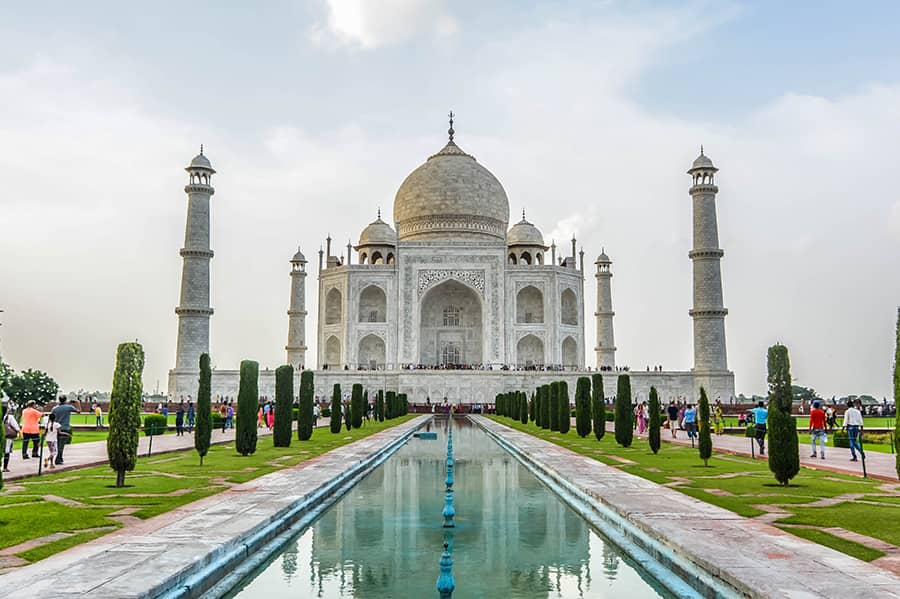
5 Lost Customs Of India That Were Powerfully Obliterated
February 18, 2023
India is the place that is known for the most seasoned civilization on the planet with its various arrangements of religions, ceremonies, customs, and customs. However, as the historical backdrop of this land can be traced back to no less than 10,000 years, having lost a considerable lot of its unique traditions is typical. Today, these practices have either been lost in time or disengaged from our primitive convictions.
The School System Of Gurukul
I frequently revile myself for choosing geology as a significant subject in school. It had destroyed three and a half long periods of my existence without giving any genuine advantages. What it has given me, however, is a pointless degree to flaunt my societal position as an alumnus.
After five years, in 2021, when I attempt to break down my past choices, I find significant defects in my thinking abilities and in the present-day school system of India, which fairly assumes a key part in squandering those years.
Study Of Vedic Math
India has been a storehouse for extraordinary researchers and mathematicians since the old Vedic period. In any event, when individuals from different areas of the planet had no clue about what numbers and science were. Takshashila (tak-sha-shila), which is accepted to be the world’s most memorable college, was worked before the early Harappan human advancement. Tragically, the college was obliterated by the Huns (a migrant clan from focal Asia) in the fifth 100 years.
For what reason am I letting you know this? Since certain realities are exceptionally difficult to accept. Regarding recognizing the matchless quality of India’s job in logical discoveries, it needs to be more questionable. Since we know India by what it is today – an agricultural nation is battling to stay aware of the generally evolved western countries.
On the off chance that you and about some essential science, you would realize that dominating any area of science with a strong comprehension of maths is almost unattainable.
Take the greater part of the antiquated Hindu sanctuaries, for instance; the development of such confounded structures was unthinkable without inferring serious utilization of numerical conditions. Today the old-fashioned methods of taking care of numerical questions are called Vedic maths. It has nearly lost its greatness in the advanced age, not on the grounds that it is at this point not relevant in present-day science; it’s a remarkable inverse.
Oral Practice Of Protecting History
Indian practices and multifaceted social nature have consistently interested me. Simultaneously, it additionally works up the disarray of my current information much more. Indian history, as we probably are aware, is exceptionally old and old. Like this, it has fostered a special approach to saving our old insight through people narrating. The sages of that time probably understood the requirement for securely putting away, recording, and saving old insights for people in the future.
Indeed, they disconnected the essential quintessence of astuteness into social practices to record our experiences, protected from outside trespassers and other regular incidents. Assuming you’ve seen the splendor of our sages, they generally realize that any composed information can be lost, taken, neglected, obliterated, or harmed. Yet, oral practice is a lot harder to obliterate and harm.
The Vedic Legal Framework
Have you at any point pondered how India’s legal framework functioned in the old times? It has never rung a bell. Shockingly, when I looked through the web, I could not find any top-notch articles that carefully describe the subject. The Indian legal framework is, to be sure, the most seasoned on the planet. As indicated by Brihaspati Smriti, which is believed to be India’s most seasoned lawful work. There used to be numerous orders of courts that began with family authorities and went the whole way to the incomparable ruler.
While the family mediators concluded the minor questions, the serious ones used to be passed on aside for the ruler to pass judgment. Shockingly, no such composed regulation existed in that period as unbending as the current constitution.
Indeed, the whole legal framework was driven simply by moral regulations or the idea of dharma. Judges and rulers frequently used references from the Vedas and old texts like Puranas and Smritis to make their last decision. No solitary rule book of regulation was composed around then that could be utilized to make a judgment.
Kalarippayattu’s Lethal Military Craftsmanship
Kalaripayattu (Kalari-pay a-it) is an old military specialty of the native individuals of Kerala. It is a little state in southern India and is well known for its rich social legacy. Specialists say Kalaripayattu is the mother of all cutting-edge hand-to-hand fighting, including the renowned kung-fu.
A man named Bodhidharma quickly showed this lethal style of military craftsmanship to the Buddhist priests of China. He laid out the first Shaolin monasteries, and from that point forward, this old Indian style of fighting has advanced into what we know as kung-fu.
From that point forward, kung-fu has gradually developed into a comparative yet unique military craftsmanship, offering its foundations to Kalaripayattu. However, despite the reality that it is the most seasoned of the multitude of combative techniques today, the specific season of its starting point still needs to be determined. Even with authentic proof proposes, it appeared around 5,000 BCE.
See also How much do you know about the famous buildings of the world?
Recent Posts
What to Expect After You Apply: The Section 8 Waiting List
September 29, 2025
SSDI Back Pay: How Much Can You Receive and When?
September 29, 2025
How to Apply for Section 8 Housing in 2025 – Complete
September 27, 2025
How to Qualify for SNAP Benefits in 2025: The Complete Guide
September 27, 2025
Supplements That Help With Memory Loss in Seniors
August 10, 2025
SUBSCRIBE TO OUR NEWSLETTERS
Subscribe our newsletter for latest news, questions. Let's stay updated!





